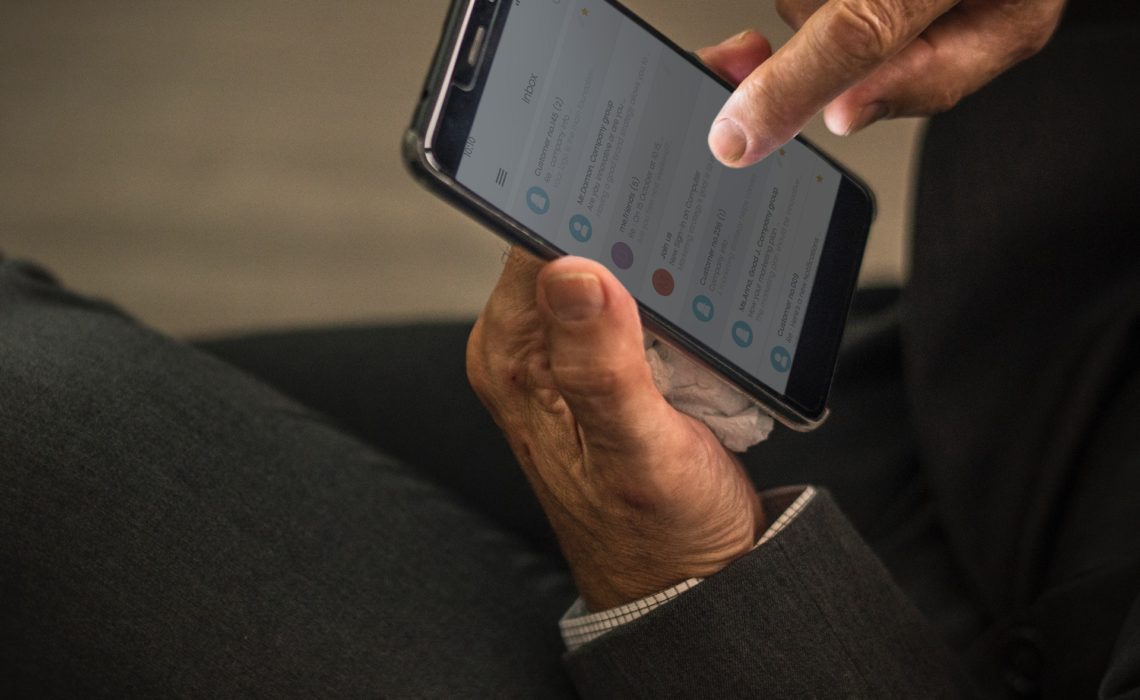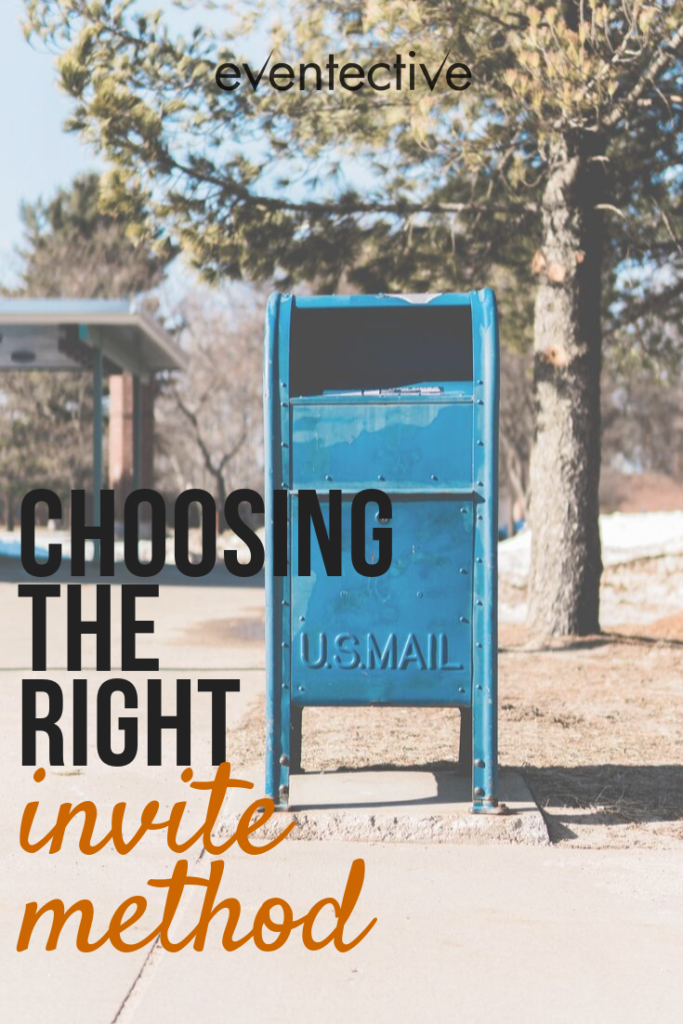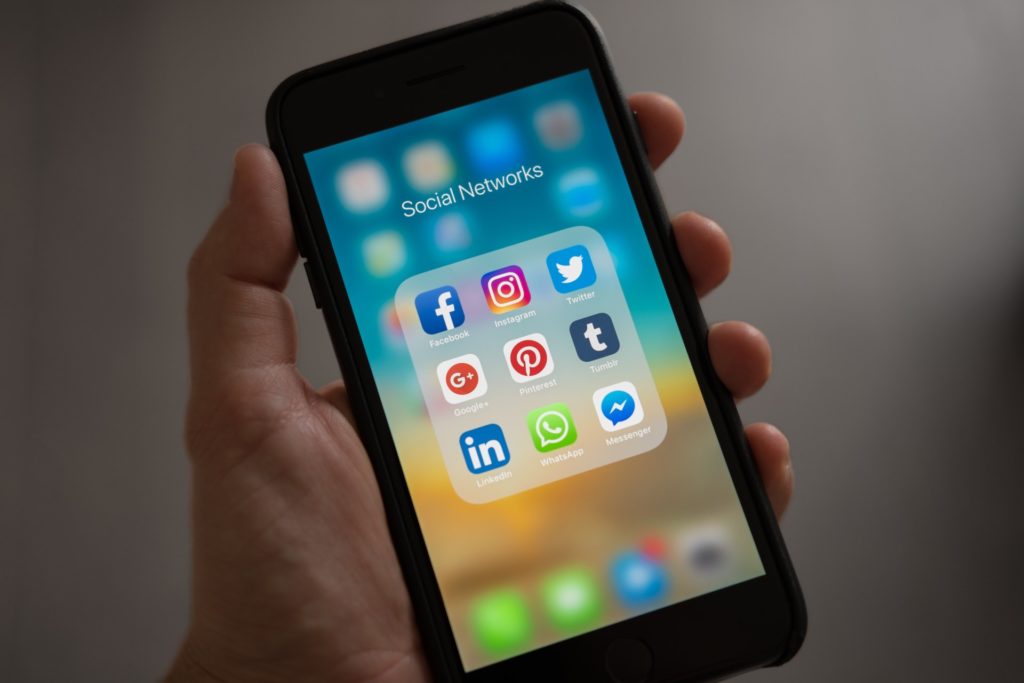
Whether it’s a fundraiser, large conference, or specialized training, in-person events are crucial to the success of your business. In fact, the average organization hosts 73 events each year, and the U.S. Bureau of Labor Statistics even predicts a 44% increase in events by 2020. And while every business defines “successful event” differently, no event can truly be successful without attendees. That’s where your invite method comes in.
Before you choose the right invite method (or methods!) for your event, you have to know your audience and your goals. What is your target audience’s preferred method of communication? If you only ever email with them, you might not see high engagement rates on social media. But sending them a formal invitation in the mail may catch their eye. Also consider who you want to attend. If your goal is for high attendance, social media and word of mouth will encourage guests to bring a friend. On the other hand, direct invitations via email and snail mail keep the affair personal and exclusive.
With your audience and goals in mind, consider these four invite methods. Each of them are helpful in their own ways, though you might not need to use all four at once—the better you target your invites, the better the response will be.

If you’re regularly emailing your audience, that established connection is a perfect invite method. Use your weekly email as a plug for your upcoming show or conference. It doesn’t have to be the whole email—but it certainly can be. According to Eventbrite, 26% of recipients open event emails. To make it worth their while, be sure to include basic event information—like date, time, and location—and multiple opportunities to buy tickets or register.
Of course, it has to be clear from the subject line or sender email that it’s for an event. If you don’t have a generic company email address for events, your subject line has to do the heavy lifting. Event Manager Blog guides us through best subject line practices. First off, keep it short and sweet—under 21 characters, to be exact. Those emails have a 31% higher open rate. And if you have accurate customer data, personalize the subject line with a first name or other recipient-specific piece of information. Personalization results in 50% higher open rates.
Social Media
Do you have an online presence outside of emails or a website? This could be another successful invite method for your organization. An overwhelming 70% of top companies and brands believe social media is “extremely” or “very important” to event-related marketing. Once again, you know your audience best, and you should consider how you interact with them on various channels. If you have a large, engaged audience on Twitter—get the word out! Create a custom hashtag, and engage with local businesses or influencers who can help spread the word.

If you’re unsure which channel to concentrate efforts, however, Facebook and LinkedIn are the consistently preferred channels. According to Event Manager Blog, more than half of event planners prefer Facebook over any other social media invite method, and LinkedIn comes in second at 26%. While both platforms let you share event links and advertise to your audience, only Facebook lets you create events and invite users directly.
Snail Mail
There’s certainly a time and place to use a digital invite method, but don’t disregard the impact of putting a physical invitation in the mail. The response rate of direct mail is 5-9 times greater than any digital marketing method. Yes, that means snail mail beats email and social media when it comes to response rates. Receiving a physical card, brochure, or letter not only stands out among the bills and junk mail—it also emphasizes the exclusivity of your event. It’s why we still mail invitations for weddings and other major milestones—an important event requires an important invite method.

The flipside, of course is cost. While 57% of people say that receiving mail makes them feel appreciated, mailing ten invitations can cost more than 100 or even 1,000 emails. Reserve direct mail communication for your VIP guests. Give them a direct line to the event planner with a phone number or email, and let them know how important their presence is. You should also follow-up via phone or email with any direct mail recipients who haven’t RSVPed by the deadline.
Word of Mouth
While this invite method is challenging to track, traditional word of mouth is still relevant. More than 90% of people trust word of mouth recommendations from someone they know. Pre-event social media and press releases let your community share the excitement ahead of time and reach a larger audience.

But much like the shift from direct mail to digital mail, word of mouth has also changed with the digital age. Modern word of mouth shines as online reviews or recommendations. Your goal isn’t just the next event—it’s the one after that, too. One of the best ways to get new attendees is to share photos and testimonials from past attendees. This is especially important for annual events where you can establish consistency and event growth. Live-stream from your events if possible, and send follow-up “We Missed You!” emails with photos and a look ahead to next year.
Conclusion
There’s no wrong invite method; just one that’s ineffective for your audience. Print methods are harder to track, but they bring in a greater response. On the flip side, digital methods are cheaper (often free!) and let you reach a broader audience. For true success, always keep your ideal customer or attendee in mind when selecting an invite method.
How do you plan to communicate with your audience? What invite methods have you have success with in the past?

